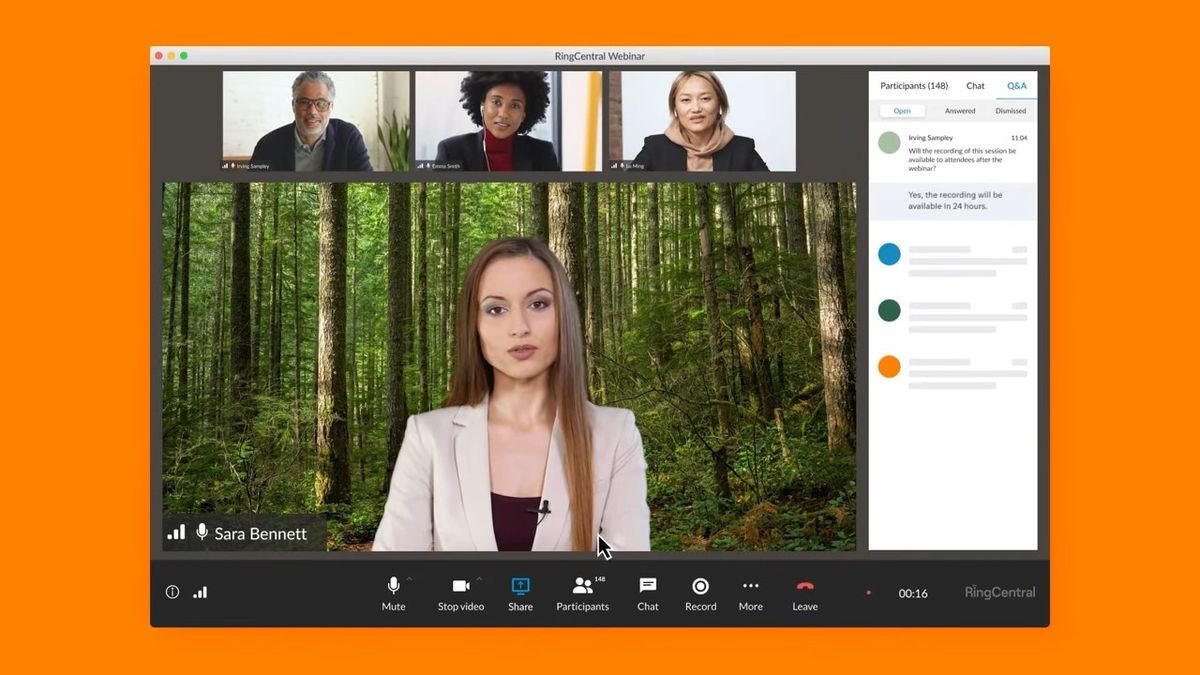Inside Big Tech’s Race to Patent Everything
In 2020, three coworkers and I threw together a three-page outline of a patent idea, rife with typos, and turned it over to our big tech employer. In exchange, we each got a $700 bonus. The proposal took maybe half an hour to write and less than five minutes to present to an internal review board of specialists who were also our peers. We joked around, the board voted yes, and we emailed the file to an in-house legal team. A little more than a year later, our application for carbon footprint tracker was published.
It’s typical for a company to assume ownership of the intellectual property developed by its employees. But, in my experience, proposed patents didn’t need to be groundbreaking or even relevant to the business to gain traction. Carbon footprint tracker had nothing to do with my job or any proprietary technology. Some of my coworkers had up to 100 patents under their names, covering everything from video games to finding better parking spots to coffee delivery via drone.
This isn’t unusual at big tech companies. Amazon, Apple, AT&T, Cisco, Google, Intel, Meta, and Microsoft, among others, have employee patent recognition programs. The incentives vary, but these tech giants offer even entry-level employees cash rewards and free access to a team of patent attorneys, services worth “an estimated value of $50,000,” according to Microsoft’s informational page.
Payouts to inventor-employees typically start at about $500 but might go into the thousands for ascending stages of a patent’s lifecycle. Most corporations offer rewards for any idea worth patenting, regardless of whether it is ultimately granted or rejected. According to internal documentation, Apple offers up to $4,000 per inventor per filing. Others hold off on a big payout until a patent is granted, a process that usually takes years and ends in success for only about half of patents submitted to the US Patent and Trademark Office. Google pays employee inventors a whopping $10,000 at this milestone, according to internal sources. (Google did not respond to requests for comment.)
I proposed more than a dozen potential patents through my company’s process and received a framed certificate for my efforts, made out to Fatty Nut Watkins, which I submitted as my name just to see if they would print it. Patenting was lucrative, easy, and downright fun.
Prior to the tech revolution, it would have been difficult for corporations to manage an internal system for fast, casual, crowdsourced patenting. A decade ago, the USPTO handled only about half as many patents as it does today. Applications had to be filed by individual inventors, which shut employers out at a crucial step. This changed in 2011, when the passage of the Leahy–Smith America Invents Act streamlined the process and enabled companies like my (now former) employer to file patents on behalf of an employee inventor.
Around the same time, tech giants became increasingly interested in patents. As Steve Jobs reportedly said at the invention of the first iPhone, “we’re going to patent it all.” And patent it all Apple did—right down to the slide-to-unlock feature and beveled edges. In 2011, Google’s top lawyer, David Drummond, claimed that the average smartphone might be protected by up to 250,000 patent claims. Today, no one seems able to get an accurate count, but last month’s sale of all “legacy patents” from Blackberry’s terminated smartphone business fetched $600 million.


